Confirmed cases of COVID-19 are on the rise in Maryland, with hospitals in the region reporting that they’re stressed as the number of new cases continue to climb.
But more beds are about to be available starting next week after the decision was made to reopen some of the floors that were no longer being used at the University of Maryland Laurel Medical Center.
The floors of the intensive care and other units at the hospital had sat dormant since December 2018. Next week, they’ll be used to expand the state’s capacity to treat people with COVID-19.
“A monumental chore” is how Dr. Joseph Wright, the chief medical officer for the UM Hospital System’s Capital Region, described preparing the hospital in just four weeks’ time.
“The determination was made to recommission floors 3, 4 and 5 at the Laurel Medical Center to enable us to accomplish that,” Wright said.
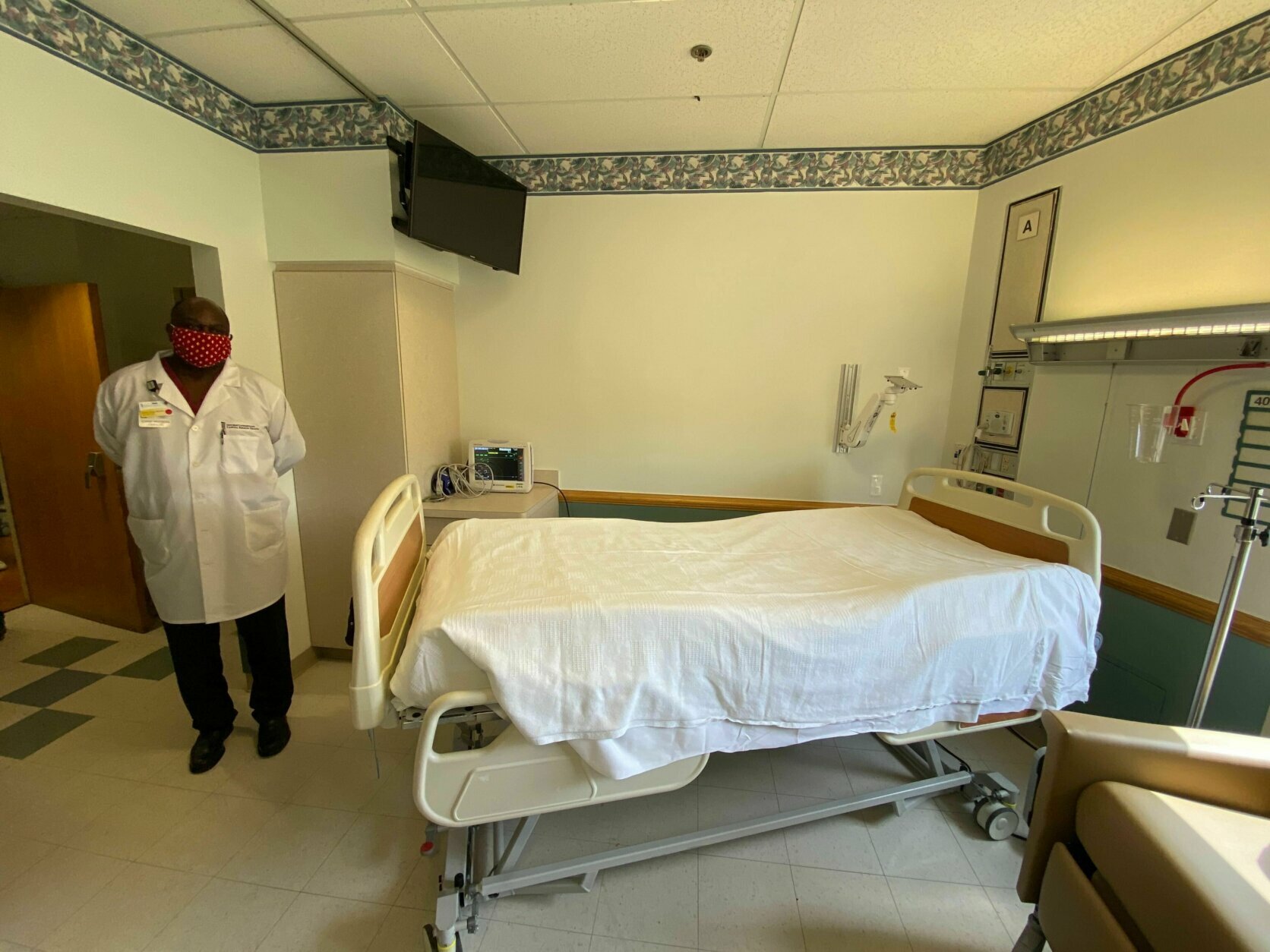
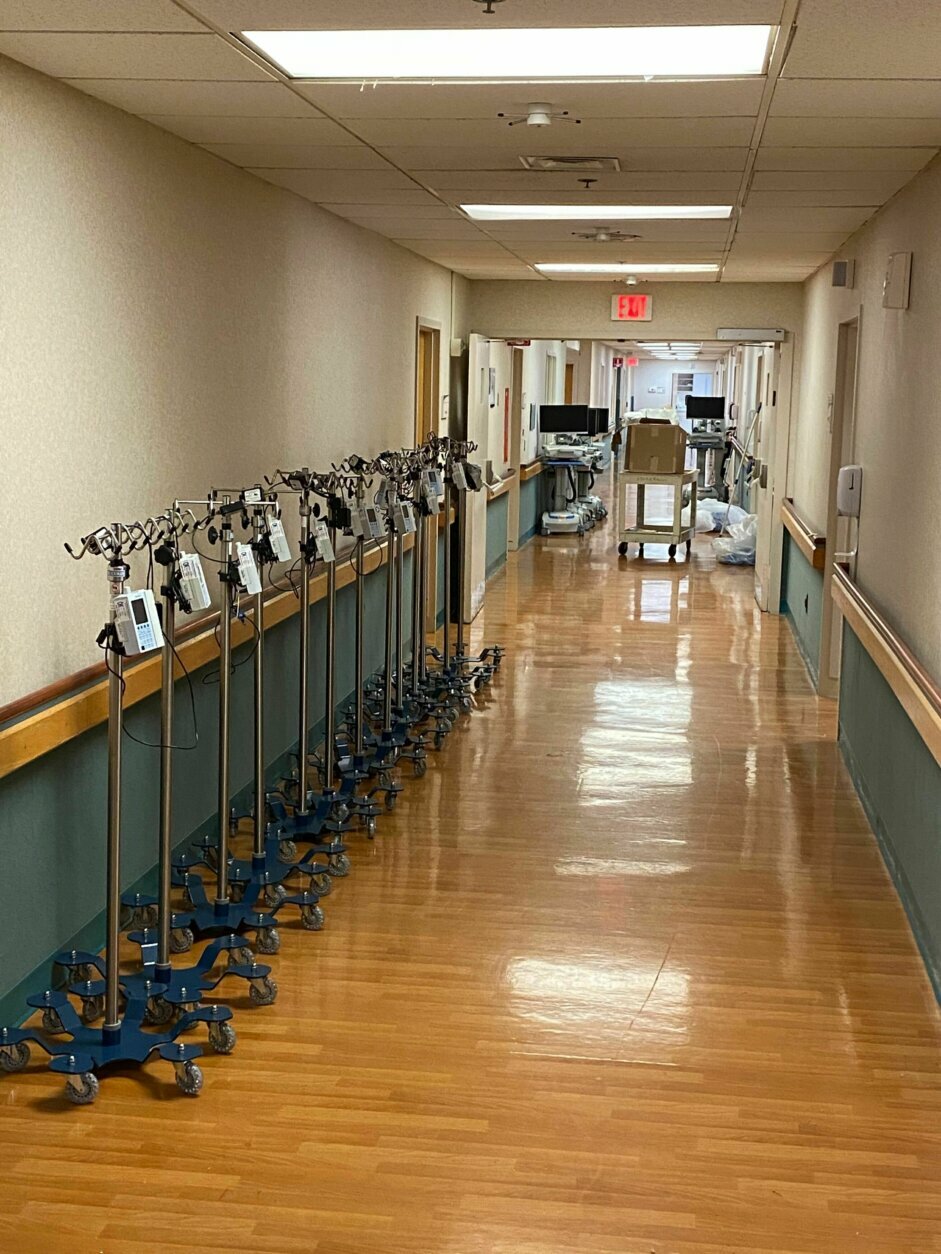
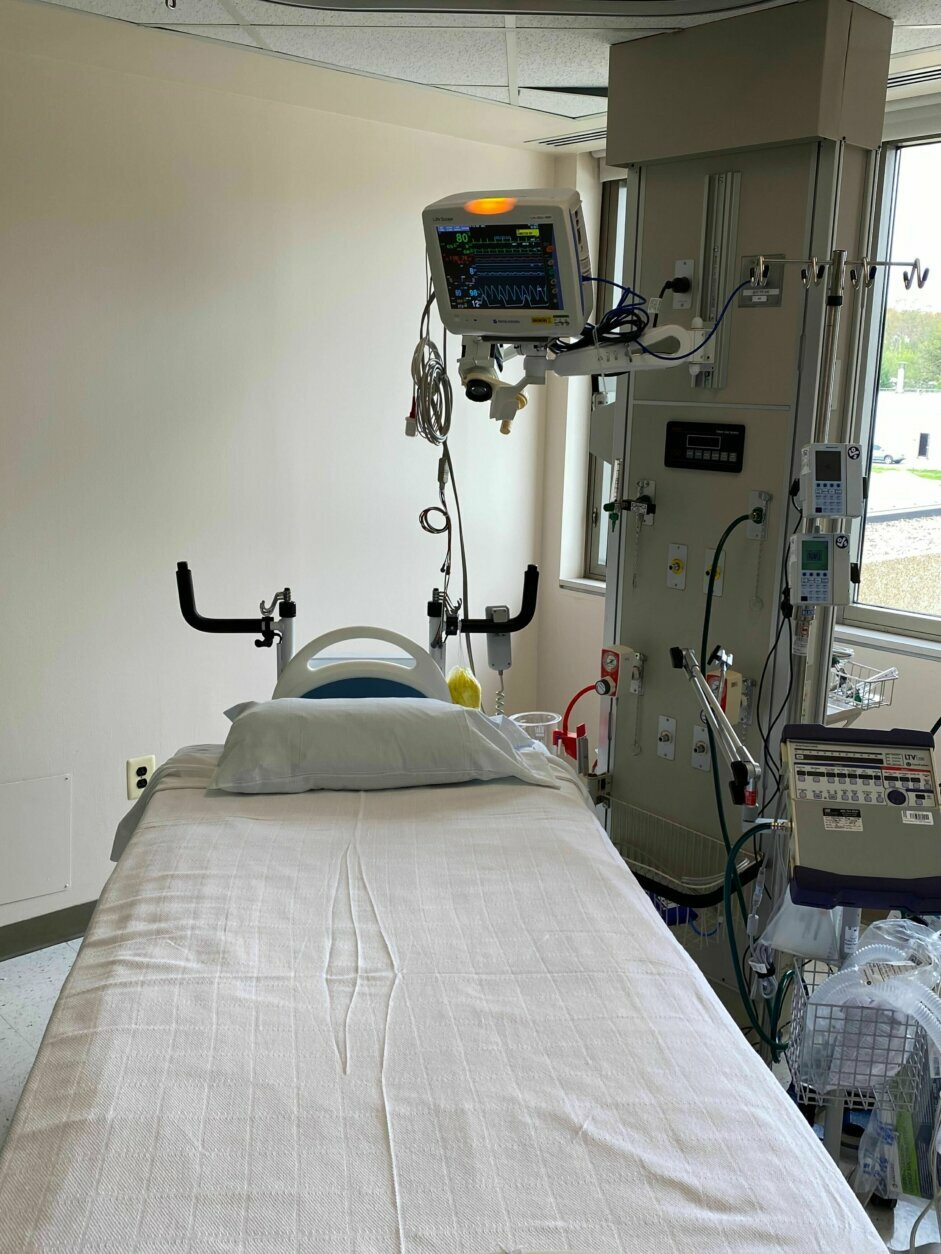
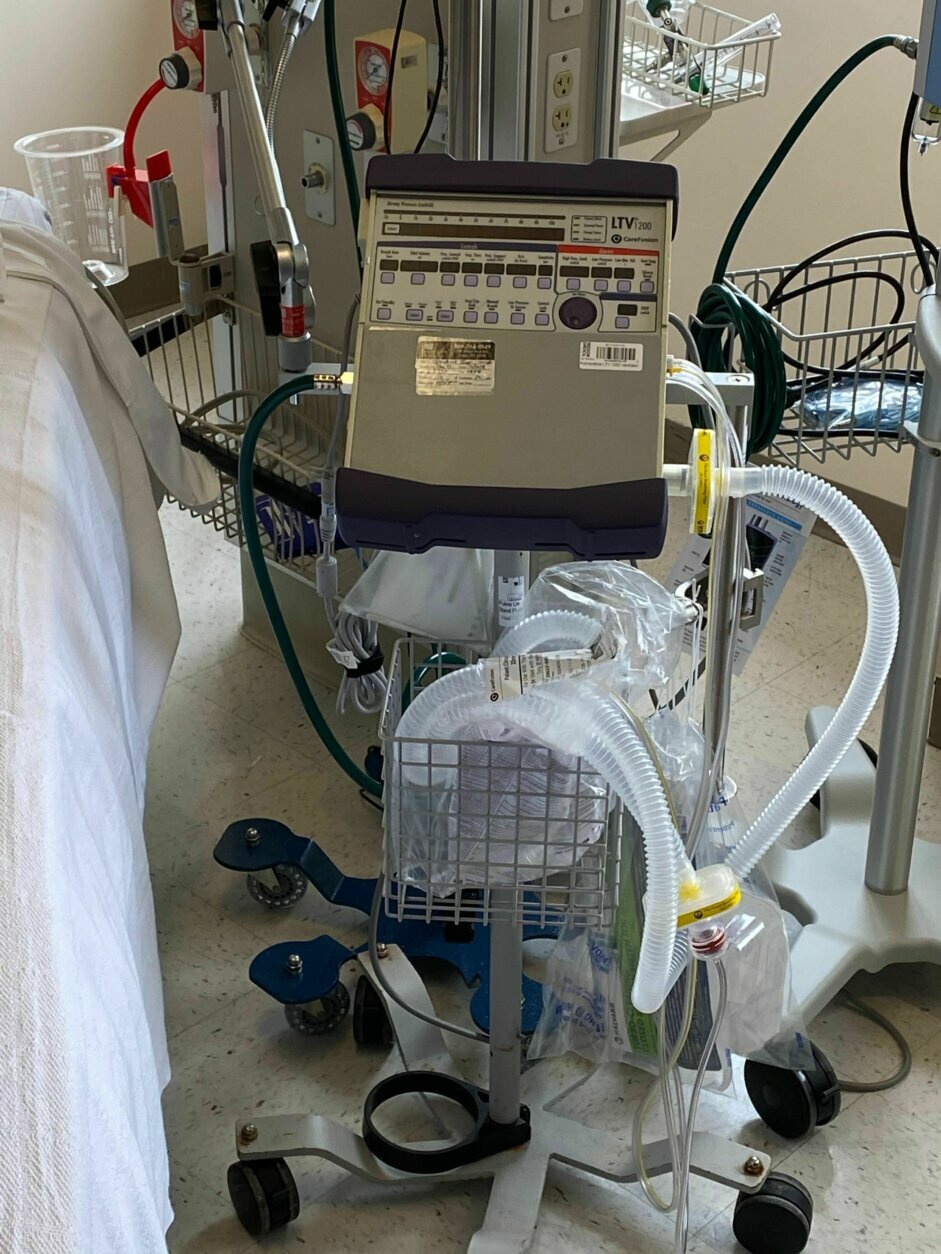
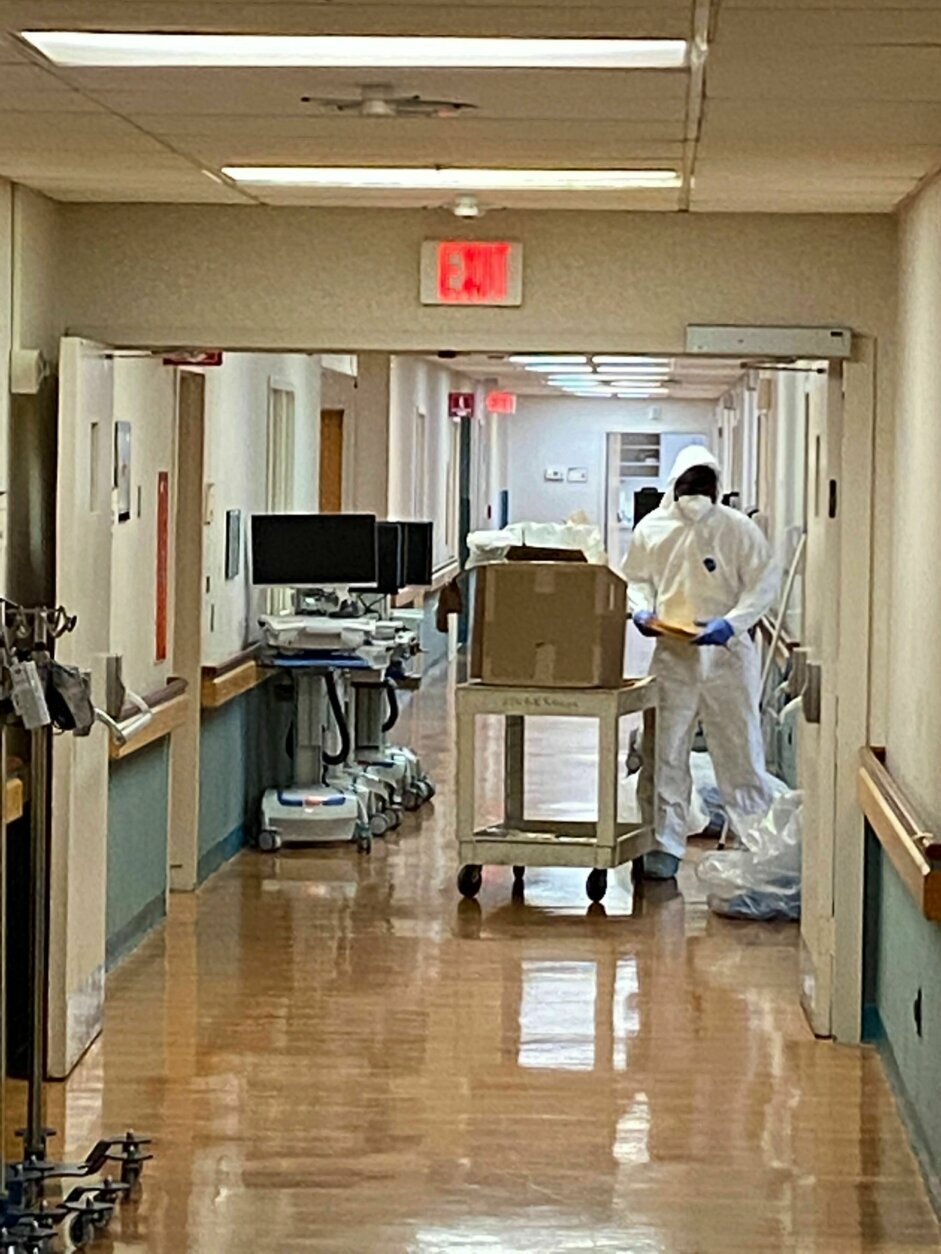

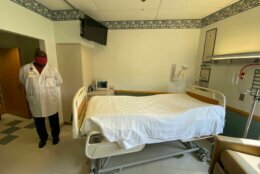
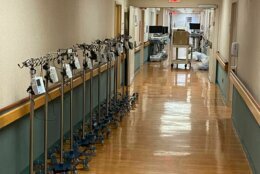
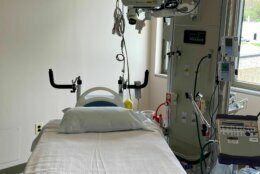
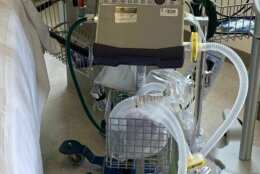


Starting next week, certain elevators will require anyone riding them to be wearing full personal protective equipment in order to board. It’s those elevators that take you to the third floor, where 10 critical care beds are stationed. A level up are intermediate care beds.
Each bed has all the equipment that allows patients to be monitored remotely from the nurses’ station, minimizing the amount of direct contact that will be needed between health care providers and the patients.
“The foot print here is for 10 critical care beds as well as 12 intermediate care beds,” Wright said. “We have flexibility to be able to expand as needed to accommodate for more sick patients.”
So far, the University of Maryland system has been able to move patients around to various medical centers in order to, in Wright’s words, “distribute the surge” based on their needs.
“Our need is really to be able to expand critical care beds,” Wright said, “which is what we’re doing.”
This facility is one more tool to help with that, and in recent days, nurses from all over the country have arrived to help care for patients once the hospital begins receiving COVID-19 patients.
But, Wright admits his hope is that not every bed at the Laurel facility ends up getting occupied.
- Sign up for news alerts from WTOP
- Where to get tested for COVID-19 in the DC region
- Coronavirus test results in D.C., Maryland and Virginia
- Coronavirus FAQ: What you need to know
- Coronavirus timeline: Key dates as the virus spread in DC, Maryland and Virginia








